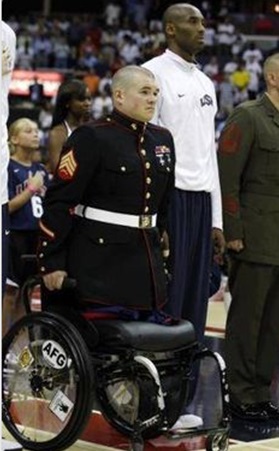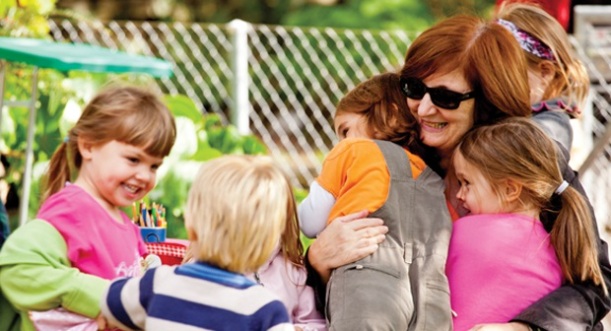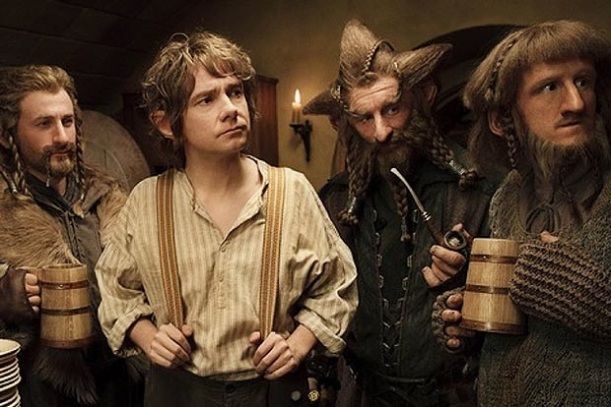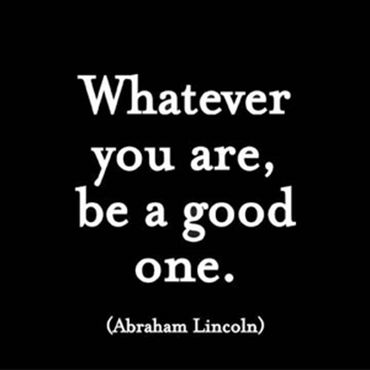My mother was just a little girl in 1940 when war engulfed the world. I have always been profoundly grateful to the men who answered the call during those terrible times. Those men were willing to sacrifice everything including their own lives so a little girl (my mom) in rural Pennsylvania would be safe. Their example of selflessness would contribute greatly to why I joined the Marines.
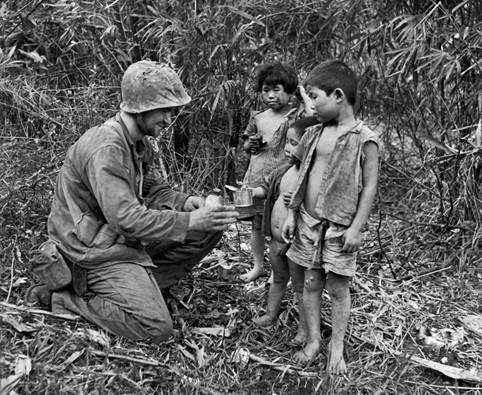
We rightly call the men who fought in WWII the Greatest Generation even though there was institutionalized racism in American and in particular the military. Black men were officially deemed incapable of leading white men or themselves, they were housed in separate barracks, forced to eat separately, and relegated to the most menial and degrading jobs all because of the color of their skin.
Racism thrived not in spite of the system but because it was part of the system and yet, we are able to say and rightly so, “The system may have been bad, but surely not all of the men inside of the system were bad. Let’s judge them by the good and the bad as well as their individual actions.”
The enemy in 1940 was the system and not the American soldier.
Jump forward to 1967 and returning veterans from Vietnam were spit on, called murderers, and had feces thrown at them because they wore the uniform. The only difference between these men and the men of the Greatest Generation was twenty years. But unlike the men of World War II, Vietnam veterans were judged not by their individual actions but by their association with a group, the US military, and therefore they were treated horribly. Instead of saying that the war was bad but surely not every man was bad, it became, “Every man must be bad because they are a part of a system that is bad.”
So, the enemy in 1967 wasn’t the Viet Cong or even the system, it was the American soldier.
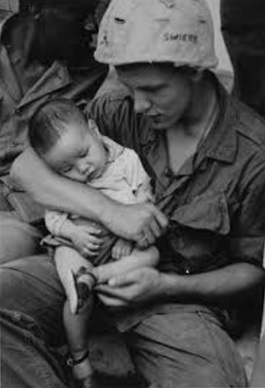
Clearly it is a form of prejudice to judge the individual by external elements that are out of their control instead of the internal worth of their character. Thankfully, America would apologize to our Vietnam veterans, albeit way too late, for this horrible treatment and give them the praise that was long over due. More importantly, America promised that this type of wrong would never occur again. We had learned, or so it has been declared over and over again, that it is okay to hate the system, to hate the violence, to hate the war, but support our troops—always support our troops.
Now, flash forward to 2014.
The enemy isn’t the justice system, but the cop. If you’re a cop you’re automatically guilty of racism, excessive force, and unfairly targeting blacks even if you’ve never done any of these—even if you find these things repugnant. You’re guilty because you’re a cop.
It’s like Vietnam all over again.
If you are a cop in America you are not simply part of a bad system, you are the bad in the system. Officers are not being judged by their individual actions or the worth of their character but viciously condemned because of the real or perceived injustices of the group.
It’s like Vietnam all over again.
It doesn’t matter what good the individual officer has done or that he or she has answered the call and is willing to sacrifice everything including their own lives for the benefit of someone else—they must be dirty simply because they’re a cop just like the soldier was guilty just for being a soldier in 1967.
It’s like Vietnam all over again.

AFP/Getty/AFP
If you’re a black man in America the greatest threat to you is another black man (96% of blacks are killed by another black), but if you listen to the media and our elected leaders they want others to believe that the greatest threat is really the police. They are the enemy and you must hate and fear them.
It’s like Vietnam all over again.
This reminds me so much of the hatred unfairly levied against the American soldier returning from Vietnam that I’m waiting for a picture of Jane Fonda in a hoodie among the looters to pop up.
So many in America claim to support our troops and yet these same people won’t make the connection or refuse to see the necessity of also supporting our police. There is no difference. You don’t judge the individual by the color of their skin or the soldier by the war or the police officer by the real or perceived injustice of the system. And you never condemn one person (soldier or officer) for the actions of another person (soldier or officer).
It is always unfair to purposefully ignore the courage, selflessness, and good of the individual in order to shape a wrong or harmful image of the group with the bad deeds of a few. That is what happened during Vietnam to the soldier and that is what’s happening now to the police officer. The vast majority of police officers are outstanding individuals fully justified to be included as equals in the ranks of the men and women of the Greatest Generation instead of demonized like the men and women of Vietnam.
I don’t believe that the attack against law enforcement is a search for justice or a sincere effort to make a better America. If it were, the media and our elected officials would show the good and the bad in order that together we could celebrate our strengths and mitigate our mistakes. But they can’t broadcast the good because it would drown out the bad.
It’s like Vietnam all over again.
This little boy was found wandering the streets of Kansas City MO around midnight with just a diaper on. While the police searched for his family, the little boy slept in the officer’s arms until he was reunited with his family around three in the morning. The picture was taken by reporter Sarah Hollenbeck of 41 Action News – KSHB-TV.
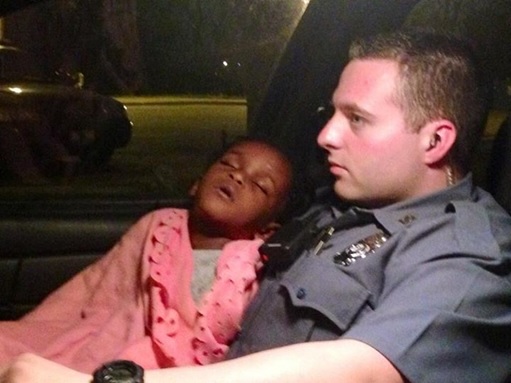
Does this look like the enemy?
Helen was caught shoplifting food to feed her family and instead of arresting her, the officer bought her a dozen eggs and released her on the promise to never steal again. The officer then delivered bags of food to her family ensuring that they would not go hungry. http://www.al.com/news/birmingham/index.ssf/2014/12/tarrant_police_officer_deliver.html

Does this look like the enemy?
If in the process of trying to right a real or perceived wrong we destroy the good of the individual then what have we really accomplished other than to perpetrate a greater injustice?
It’s like Vietnam all over again.



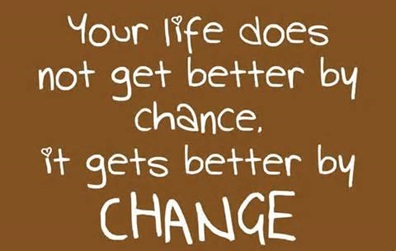
 There are two different degrees of trust – loyalty and allegiance.
There are two different degrees of trust – loyalty and allegiance.